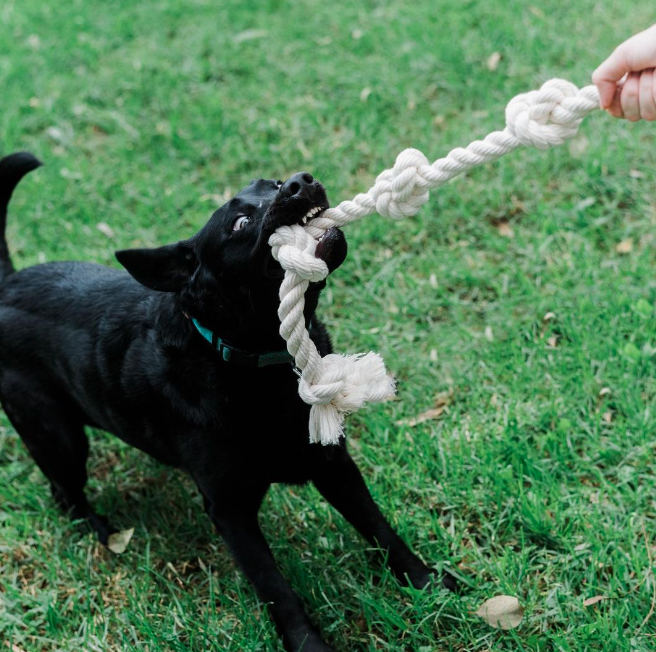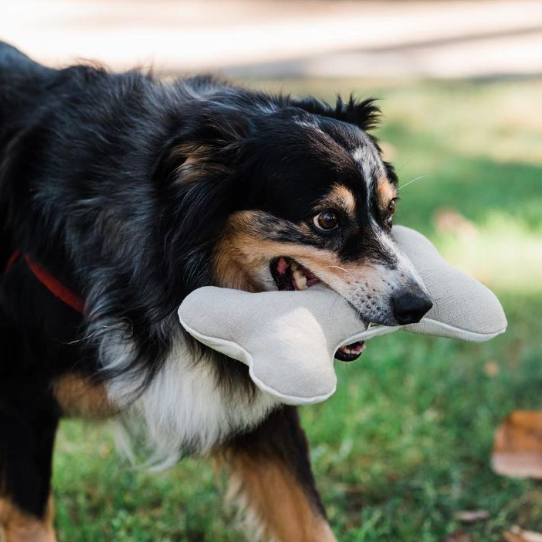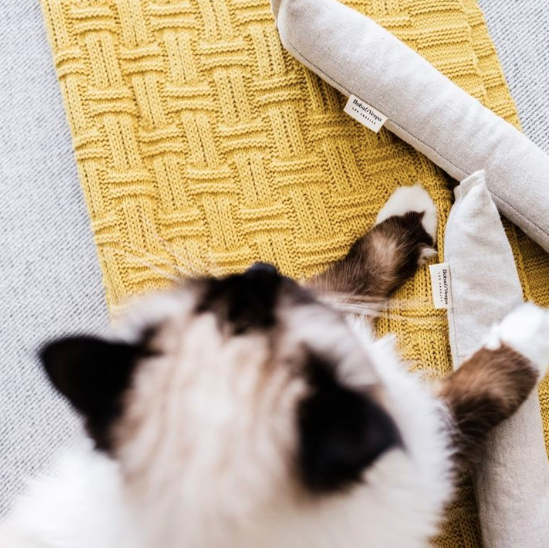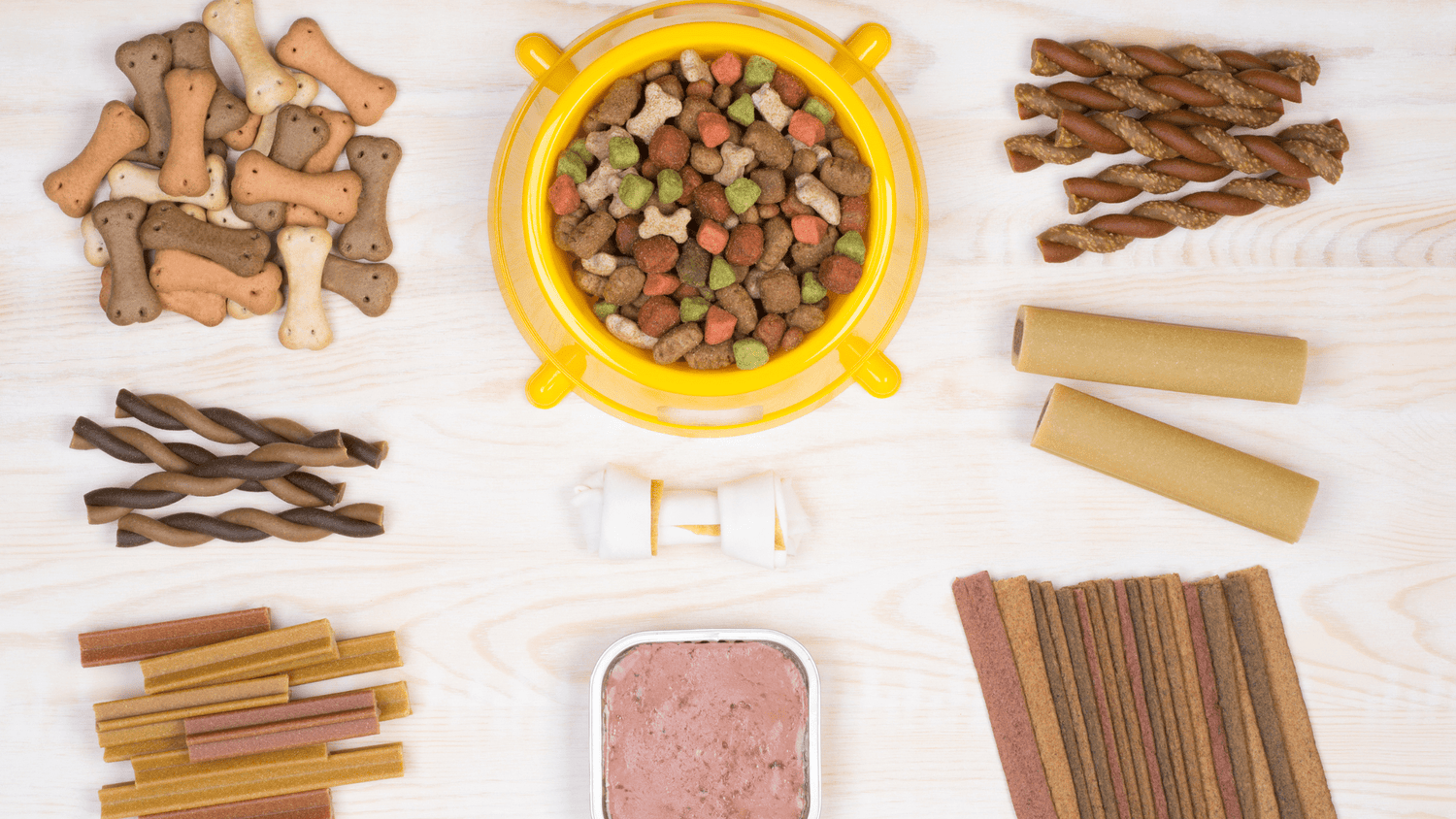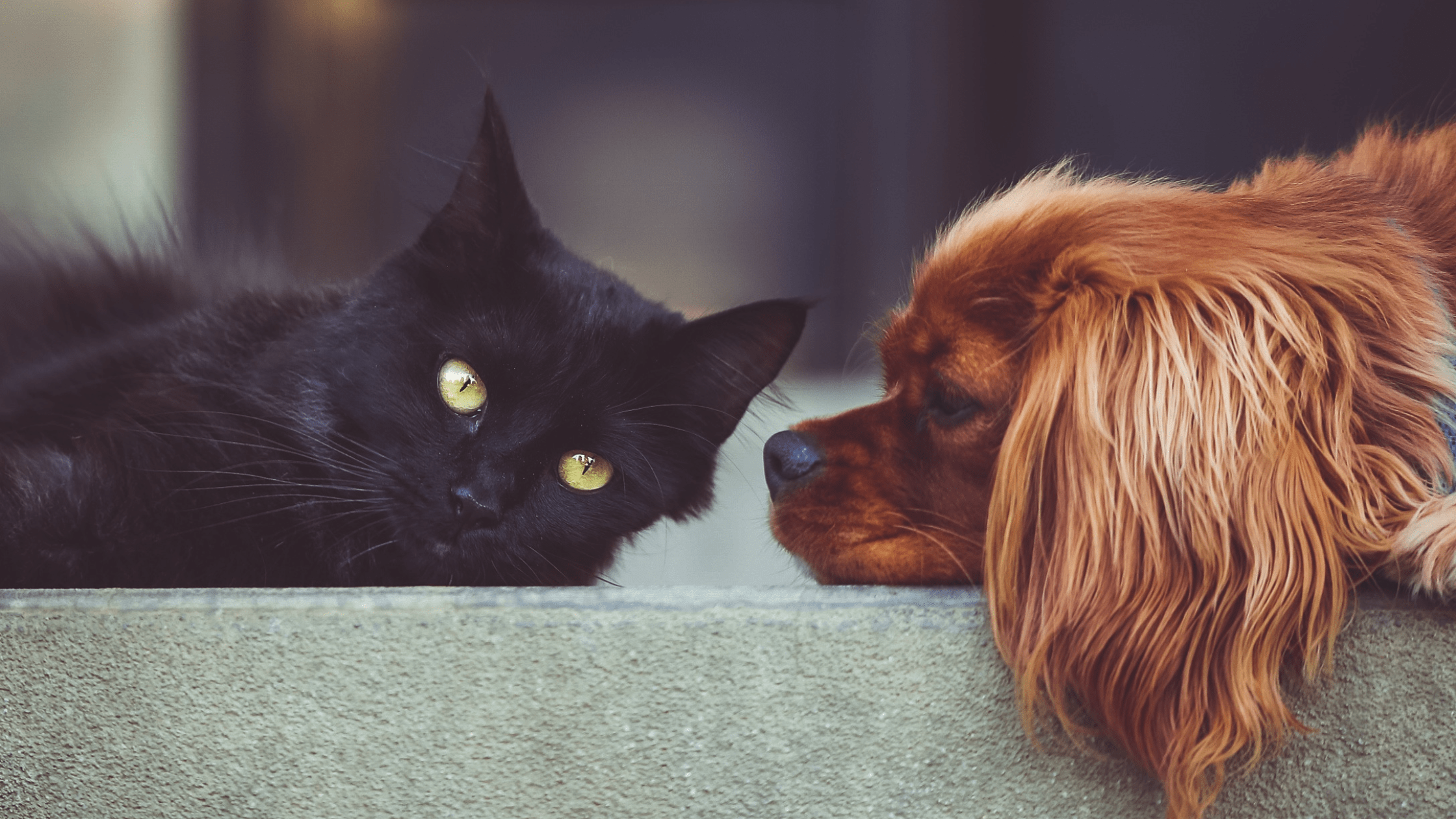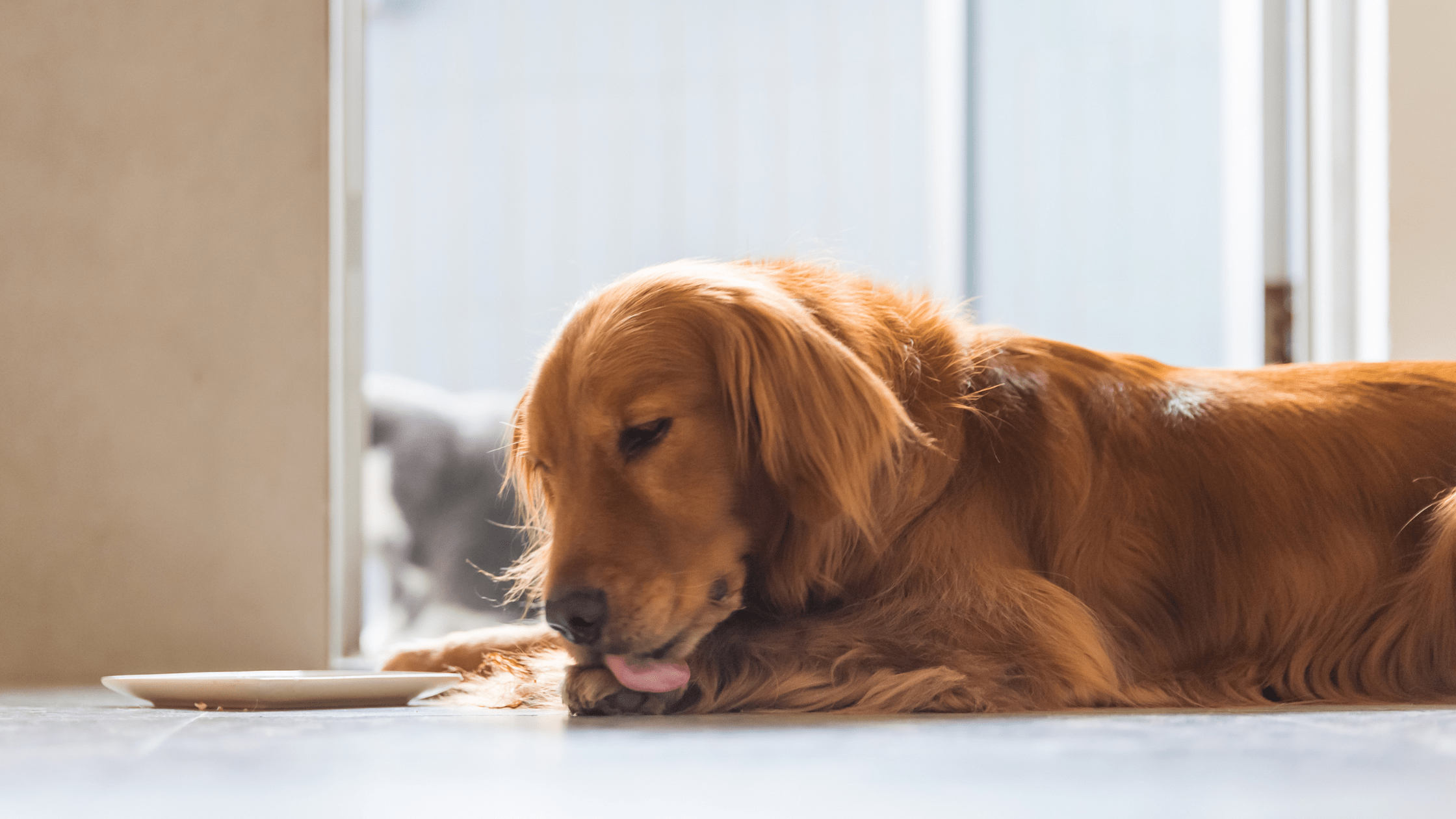The environmental impact of pet food is too big to ignore. With the environmental pawprint of pets being the equivalent of owning a big SUV, it’s more important than ever to be environmentally-conscious canine and cat owners. To put it in perspective, pet food releases approximately 64 million tons of CO2 a year which is about 30% of meat consumption’s total environmental impact.
To make matters worse, plastic bags have become the standard for packaging dry foods and treats. This means they are not sustainable which has a negative impact on our planet. The Pet Sustainability Coalition (PSC), which we are a part of, states that the cost of recycling is more than the value of the plastic materials in the package. They estimate that over 99% of all pet food bags in the U.S. are disposed of in a landfill rather than recycled…not good.
In this blog, we discuss the pet packaging industry and explore some more sustainable food packaging options like compostable dog food packaging. Read on to learn more about how you can become a more educated and responsible pet owner.
More About the Pet Packaging Industry
In the US alone, the pet food industry produces an estimated 300 million lb of plastic pet food and treat bags per year. Sadly, only about 1% of that packaging has an end-of-life solution that doesn’t include the landfill. It can be challenging for pet food producers to find a sustainable solution that also ensures long-shelf life and meets food-grade standards. This is partly why plastic is such a widely-used material. Plastic free dog food just isn't convenient for brands. In addition, plastic is capable of holding the heavy weights in which pet food is sold. There are also expensive logical changes involved if the industry were to move to a recycle and reuse model. Consumers play a role as well, with many pet owners opting for pretty food packaging and appreciating the convenience of tossing empty packages in the trash. One thing is certain: we all need to do better.
Sustainable Solutions
Pet packagers and pet owners alike agree that we need to move to a more eco-friendly, sustainable pet food and packaging options. There are four main ways the pet packaging industry can become more sustainable with its packaging.
These include switching to containers that are either:
- Compostable
- Reusable
- Traditionally Recyclable
- Chemically Recyclable
By changing to these more ecological paths in pet food packaging, we can create a more sustainable pet food industry without compromising the quality of pet food.
Let’s explore these different sustainable solutions in more detail.
Compostable
A compostable bag means that it has the ability to naturally break down over time. It happens through intervention by contributing water, oxygen, and organic matter to break down materials.
This is a great way to avoid plastic in pet packaging. However, part of the reason why compostable bags are currently underused in the market is that they are expensive for pet packaging companies to produce. This is also why they sell at a higher price than treats from less-sustainable alternatives. Another reason companies are not quick to jump to compostable bags is that many times the bags cannot keep the product fresh and they are not durable enough for the wear and tear around warehousing and shipping.
Reusable
Reusing is a great way for pet owners to become more sustainable. As pet owners adopt a more environmentally-friendly attitude, most likely more pet stores and companies will allow buyers to return to pet stores and refill their dog food in paper packaging or reusable containers from home. It’s already possible with certain brands such as Open Farm Pet Food. Customers are able to drop off their empty containers at designated drop off sites which are then cleaned, refilled, and made available for purchase again. What a great way to offer consumers a waste-free option to reduce the environmental impact of the pet industry.
Mechanically (traditional) Recyclable
Studies show that pet owners do want to recycle their pet’s food bags – even though it proves difficult. But are dog food bags recyclable? More and more companies are starting to use recycle-ready materials to allow for dog food bag recycling or redesign their packaging to reduce the amount of raw materials used in packaging. To know if your kibble packaging is recyclable curbside, check for a recyclable symbol. If there is none, then it is not recyclable at the curb. If there is a recycling symbol, check with your city to know if they can recycle that particular number. Most cities can recycle #1, 2, 5 and 7 plastics without issue. Plastics labeled with #4 and 6 are usually not easily recycled.
Chemically (advanced) Recyclable
Also known as advanced recycling, chemical recycling incorporates different technology to convert plastic waste into chemicals by converting the chemicals found in plastics to raw material that can be used to create new products. One solution to this challenge is from TerraCycle, a company that develops recycling solutions for waste that is not curbside recyclable. Pet food packaging can be sent by mail to TerraCycle or dropped off at a retail establishment within the program so that it can be mailed back for recycling. The plastic is then broken down, usually into pellets, and then transformed into consumer goods.
Although these technologies are still new and expensive, they’re a very promising solution for companies to help scale back on waste in the pet industry and to encourage the idea of sustainable packaging.
If you'd like to avoid packaging altogether - try buying in bulk and bring your own containers. Or try home cooking! Learn how to make dog food from local, clean ingredients.

